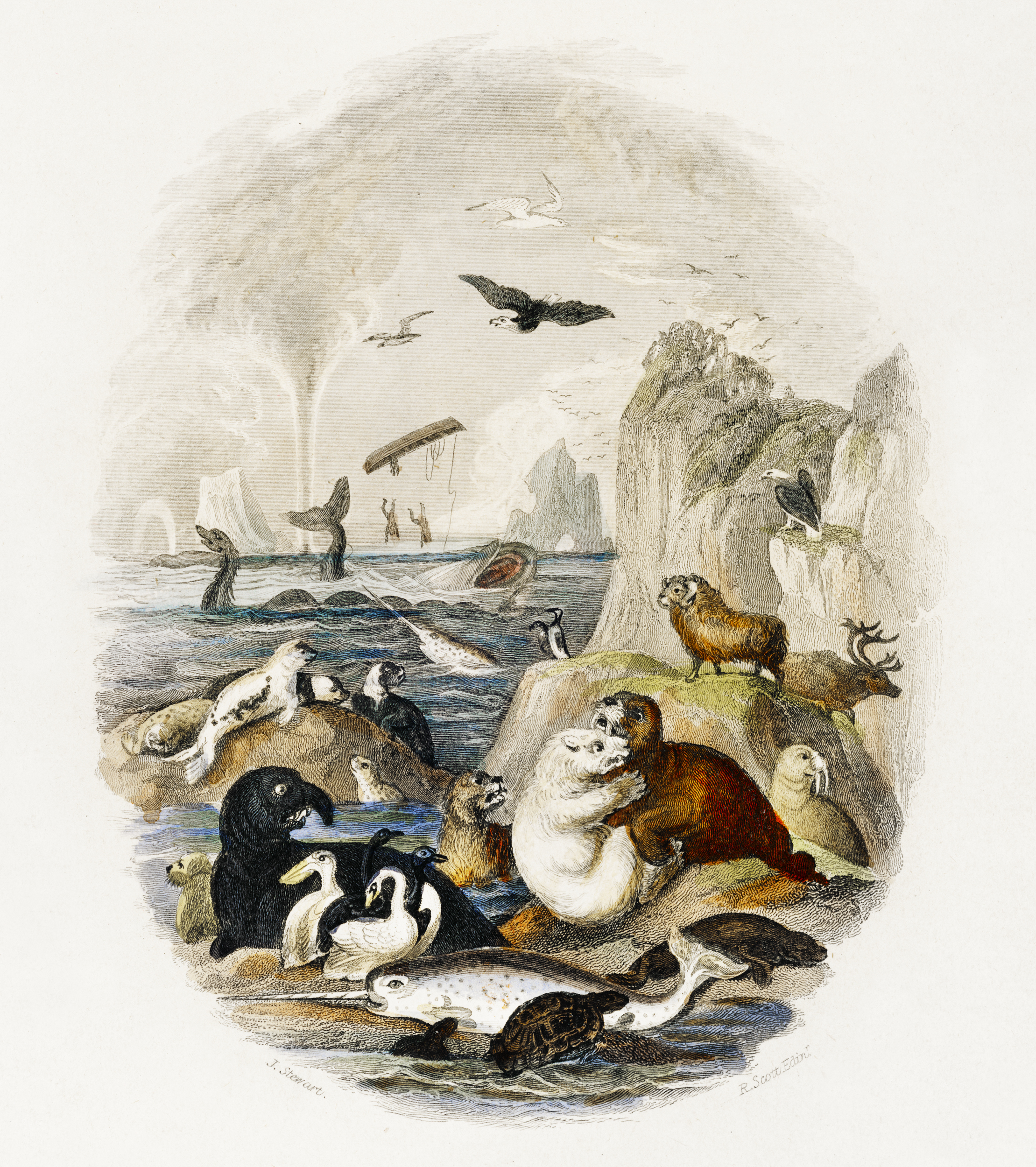The Earth’s history is a broad subject and can be treated from many perspectives. The age of the Earth is about 4.54 billion years (with an uncertainty of about ±20 million), making it one of the oldest objects in the universe. During the Eoarchean Era, the first clue of life on Earth is about 3.51 billion years old, after a geological crust started to solidify following the earlier molten Hadean Eon. The earliest evidence of life on Earth dates from at least 3.5 billion years ago when sufficient oxygen to support complex organisms existed in the atmosphere. The Hadean and Archean aeons followed and proved that microbial life was present then.
The history of Earth and life can be divided into four distinct eras. The Hadean, Archean, Proterozoic, and Phanerozoic aeons represent the development of our planet from its origin to the rise of complex life on it. The Earth formed about 4.6 billion years ago and has undergone radical change as life has evolved on the planet. Scientists are still trying to connect how all life came to exist on Earth. For many years, scientists believed that there were two main epochs of Earth’s history: the Precambrian and the Phanerozoic. According to NASA, the Precambrian spanned a period of roughly 46% of Earth’s existence.
From the birth of the universe to the birth of humans, Earth has gone through some pretty big changes. In fact, you might be surprised to know that Earth today isn’t even very similar to how it looked just one billion years ago! From tectonic plate movements to mass extinctions, here’s an overview of how our world has evolved over billions of years—and what may happen next.
How Earth Evolved?
The present Earth is 4.5 billion years old and is going through the most dynamic change phase. This has been possible because it was formed from different materials in different conditions over too long for us to comprehend. Scientists are still in confusion regarding the origin of the Earth. While there are many theories, none have been proven decisively. During that time, Earth has gone through a lot of changes. Scientists have uncovered many interesting facts about Earth’s evolution, from its formation to its current shape. For example, they believe that life first appeared on Earth as early as 3.8 billion years ago in single-cell microorganisms called blue-green algae.
One of the most common ways to understand how everything came together to create what we see today is through the big bang theory. When you’re talking about incidents that happened billions of years ago, it’s hard to wrap your head around just how long ago that was! for us to have an idea of how long this event occurred.
Evolution of Life on Earth
It isn’t easy to find fossils of the earliest life forms from more than 1.5 billion years ago because their remains were made of soft tissues that were rarely fossilized. The oldest fossils are stromatolites—mats of microbes built up in shallow water near the shoreline. Stromatolites are found in rocks dating back 3.5 billion years, and they resemble modern ones in structure and form. The fossil records are filled with examples of animals that have evolved over millions and millions of years. One of the most impressive adaptations is the octopus, which has developed an incredibly complex nervous system despite being a completely aquatic animal.
Earth is a beautiful place to live. The atmosphere and conditions on the planet, suitable for human habitation, have allowed life to flourish in many species. Through natural selection, these species have been able to survive and thrive within their environment. Understanding how animals evolved can help us understand our place within Earth’s natural ecosystem.
